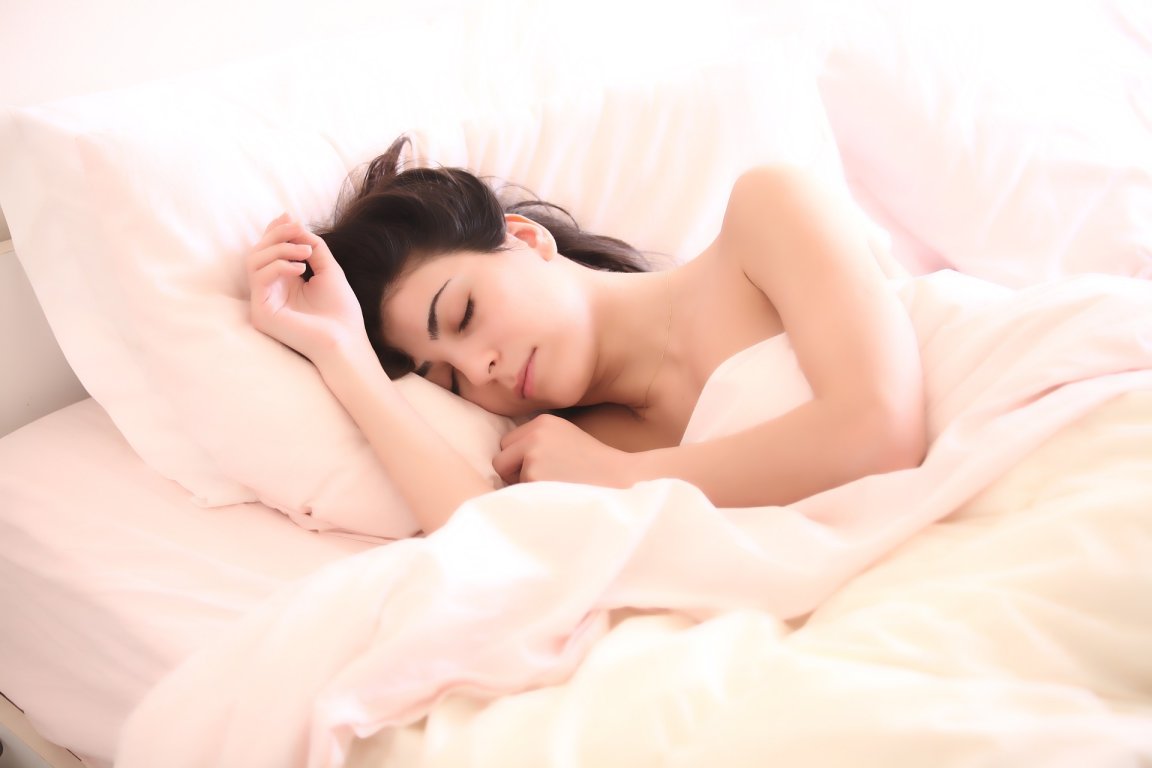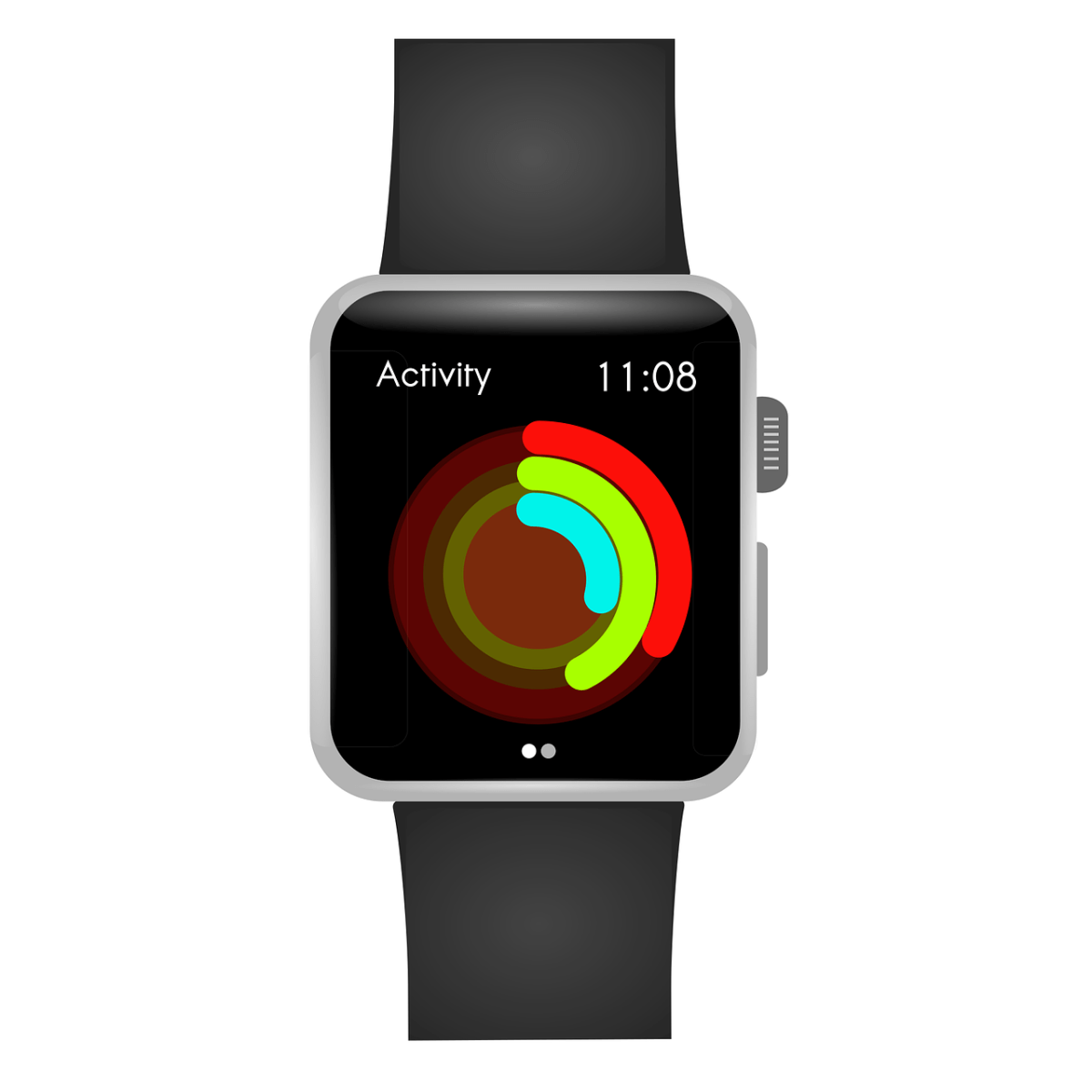
Measuring Sleep
Until now, measuring a person’s sleep was an arduous, complicated process. Patients have been required to go to a sleep lab, where a team of scientists and physicians used a whole host of technologies to capture sleep — all while the participants attempted to nod off in a decidedly unnatural environment. This method is extremely costly and time-consuming, and might not reflect how sleep happens in a natural setting. But one new finding could spell the end of difficult sleep studies.
As published in the journal Current Biology, researchers developed a method which allowed them to accurately capture sleep, gathering detailed information about human sleep for long periods of time while participants were at home. Not only is this method cheaper and easier for both patients and researchers; it is the first time that it will be possible to objectively measure the realistic sleep habits and sleep quality of large numbers of people.
“There has been practically no possibility of getting detailed sleep structures in a normal life setting over a long period of time,” said researcher Till Roenneberg of Ludwig Maximilian University (LMU) of Munich, in a press release. “You can’t easily give somebody an EEG to take home and have next to the bed. You can’t do this over six weeks or six months. We are going to see things nobody has seen before.”

The critical element surrounding this research is a wearable device that tracks and records this information. This device costs as little as $150 and is similar to commercially available activity trackers. Called actimeters, the wearable devices record wrist movement for up to three months, allowing researchers to assess activity patterns over long stretches of time and during both the day and night.
Activity Tracking
This study is part of a larger, ongoing project that is working to expand current understanding of human sleep. Roenneberg his colleagues, including Eva Winnebeck, team leader of LMU’s sleep lab, worked together to collect over 20,000 days of sleep and activity data from 574 subjects, ranging from 8 to 92 years old. However, when they first looked through this data, it was difficult to identify cyclical sleep patterns that are usually detected in a sleep lab.
Yet as they continued to wade through the messy data, they noticed something magnificent. They saw that if they focused on inactivity during the night, this created a clear, cyclical pattern. By measuring inactivity, they could get a clear picture of people’s sleep patterns within their natural sleep environment. “It was flabbergasting how it clarified the structures,” Roenneberg said in the press release.
Additionally, the researchers found that a sleeper’s movement and activity could be tied to different levels of sleep and rapid eye movement (REM). But there is still additional research and analysis to be done before this work can be used to develop interventions, with the aim of improving sleep.
“Right now, we’re not able to judge the outcome of interventions. If, for example, we change school times, is sleep quality changed? What about shift work times or indoor lighting?” Roenneberg said in the press release. “All interventions necessary to improve sleep today are only judged by sleep duration and by asking people how they feel they have slept. There’s no objective way to measure sleep quality, and we need this desperately.”
Because the wearable device allows sleep to be recorded in the participant’s natural sleep environment, the LMU team is hopeful that could soon change. As the capabilites of wearables increase, along with the number of patients studied, both sleep studies and medical research more broadly will likely benefit.